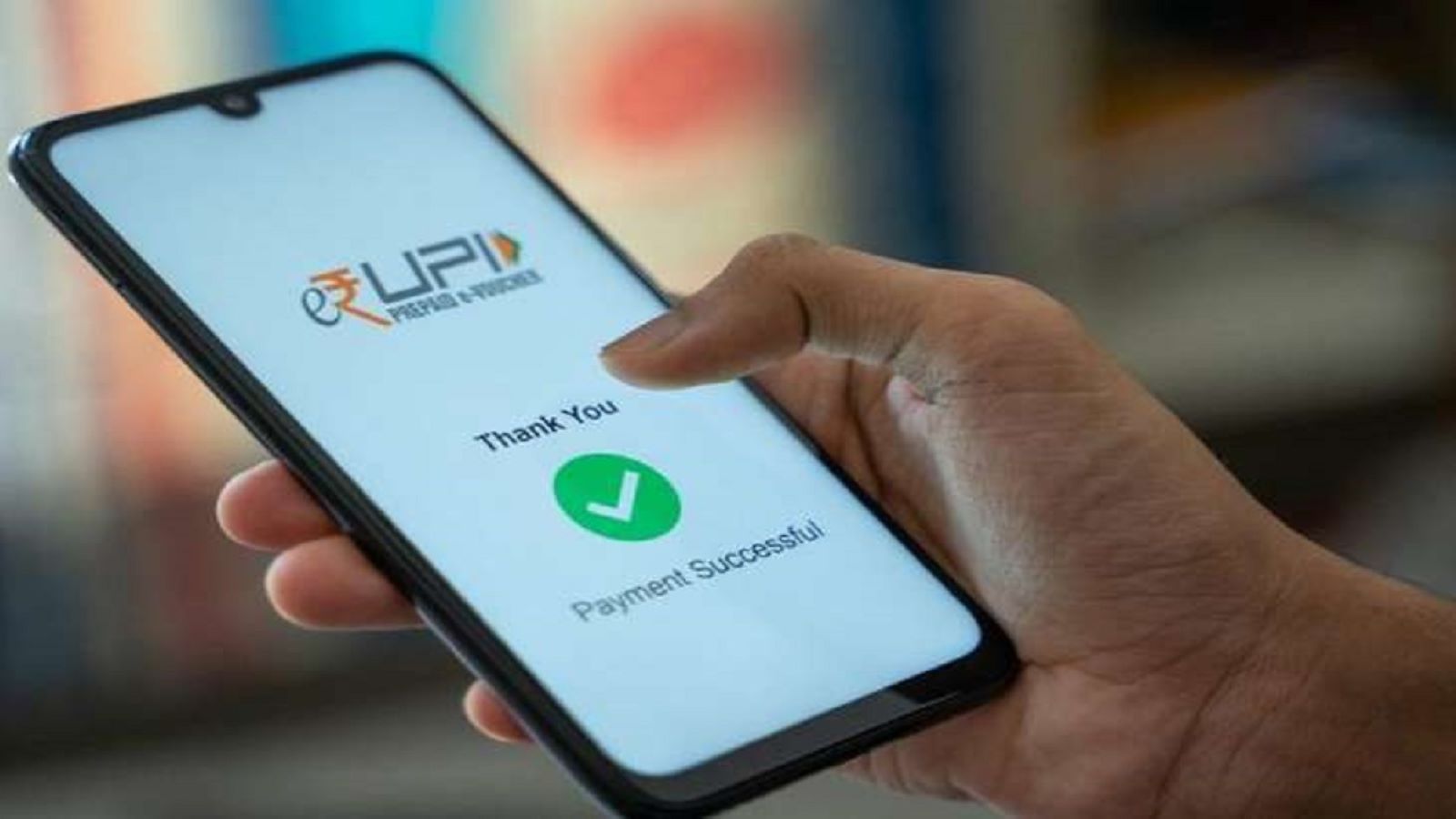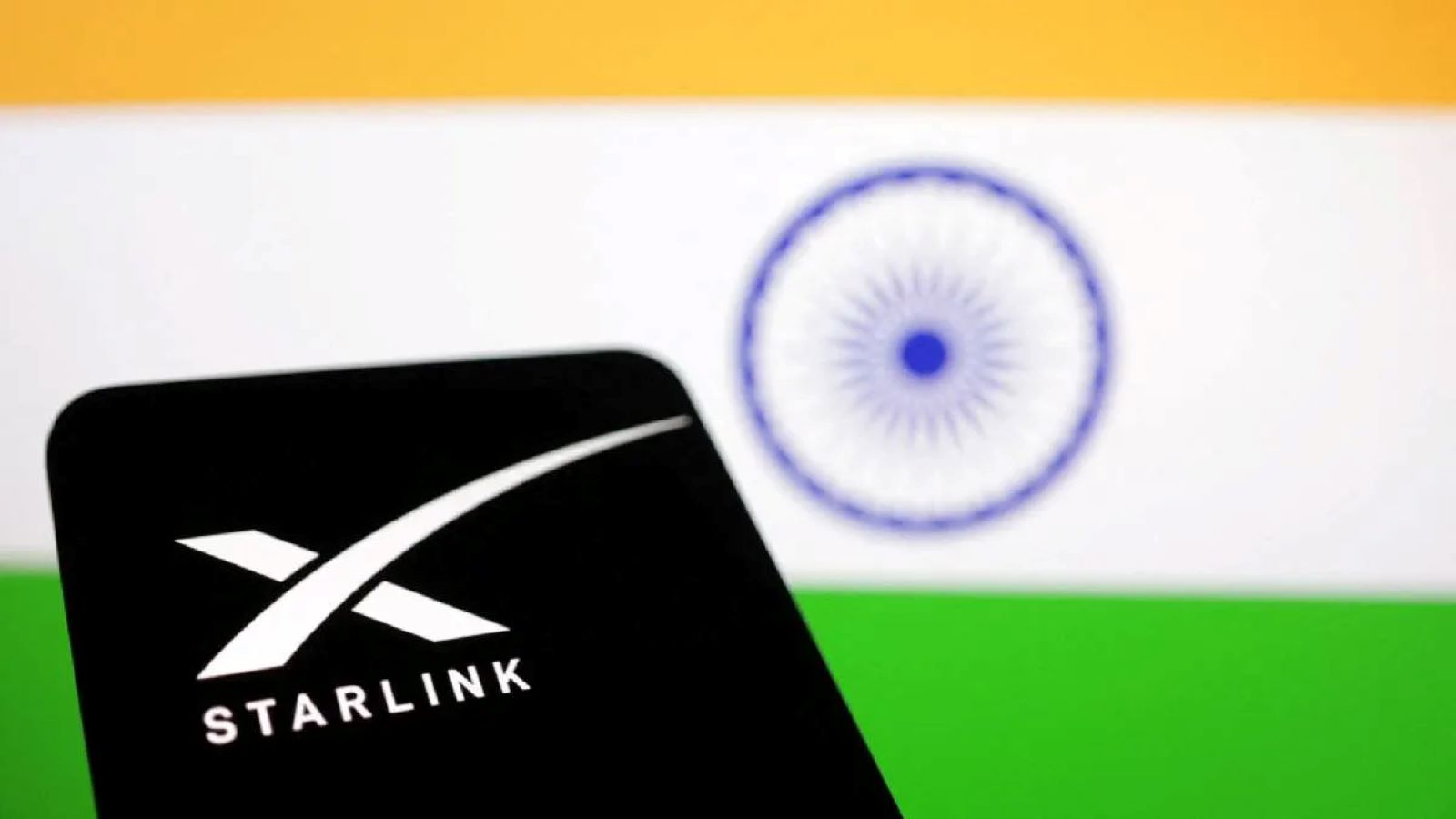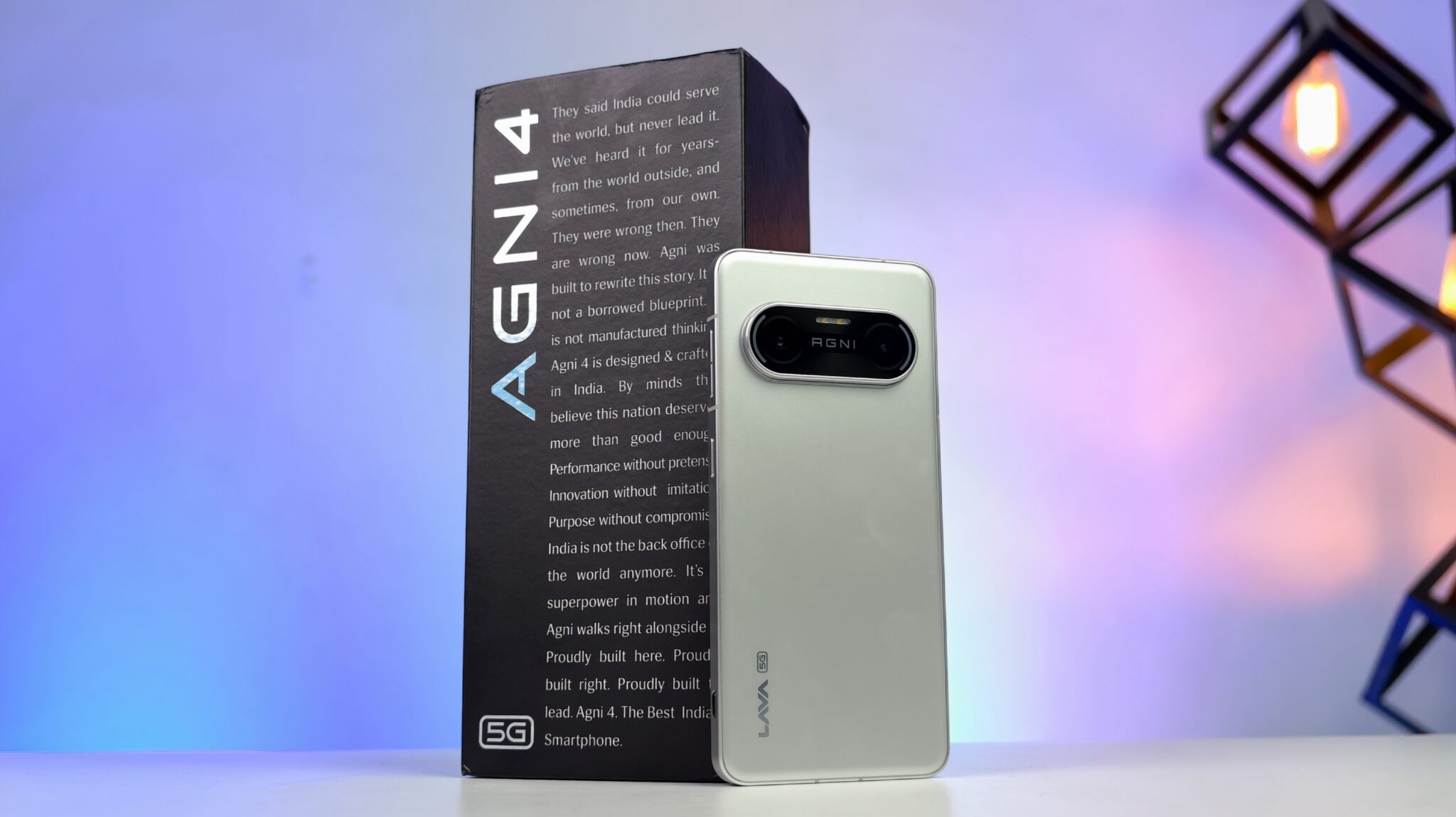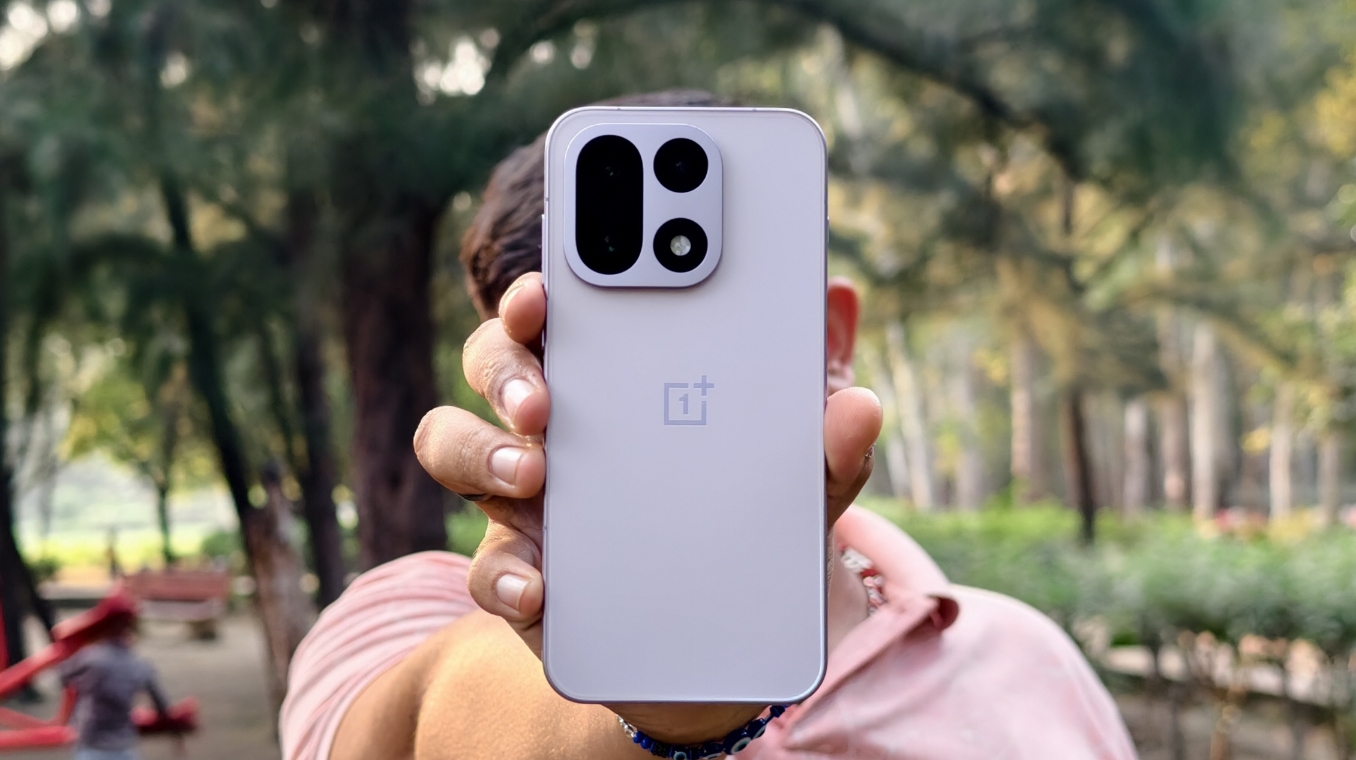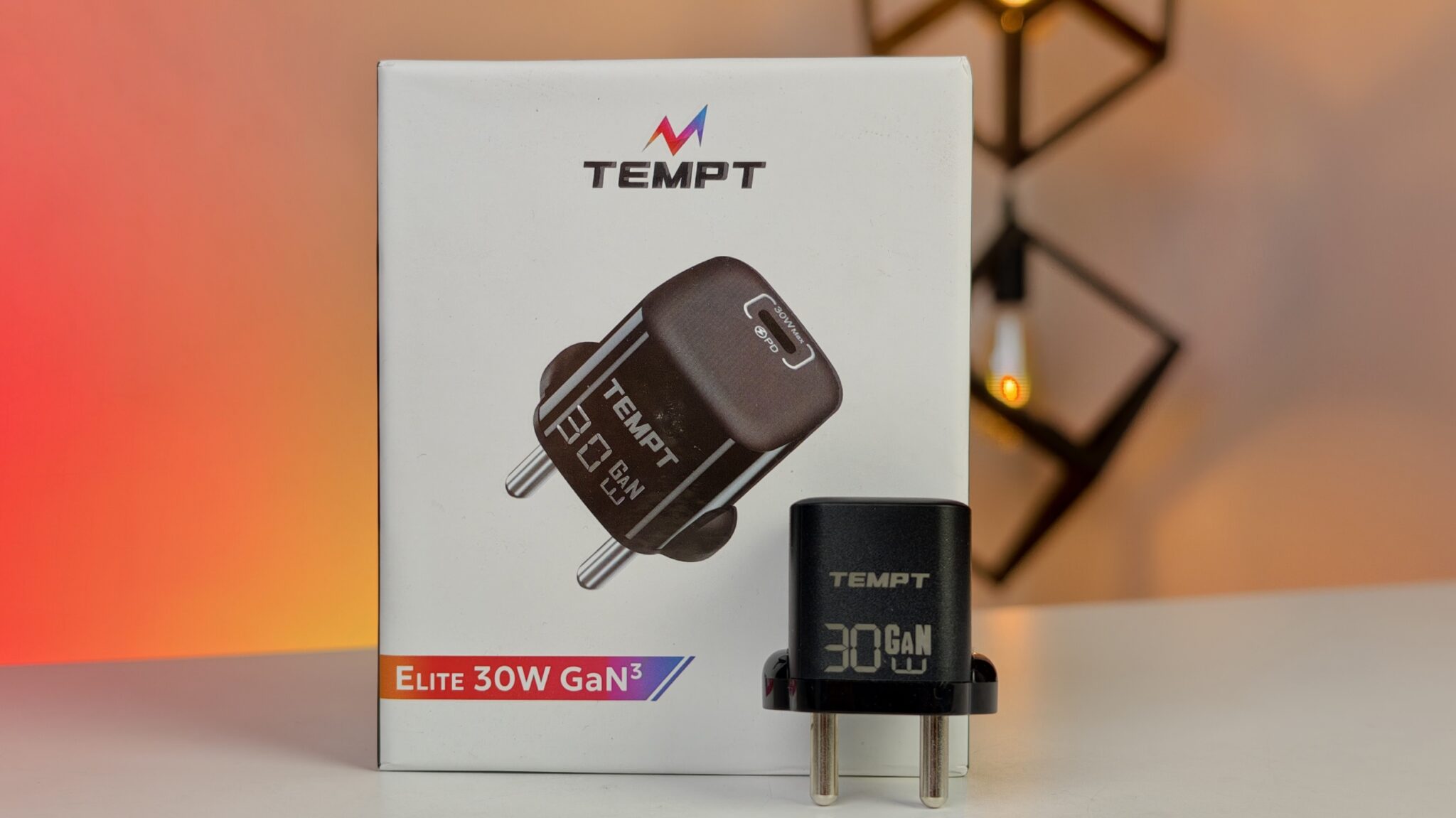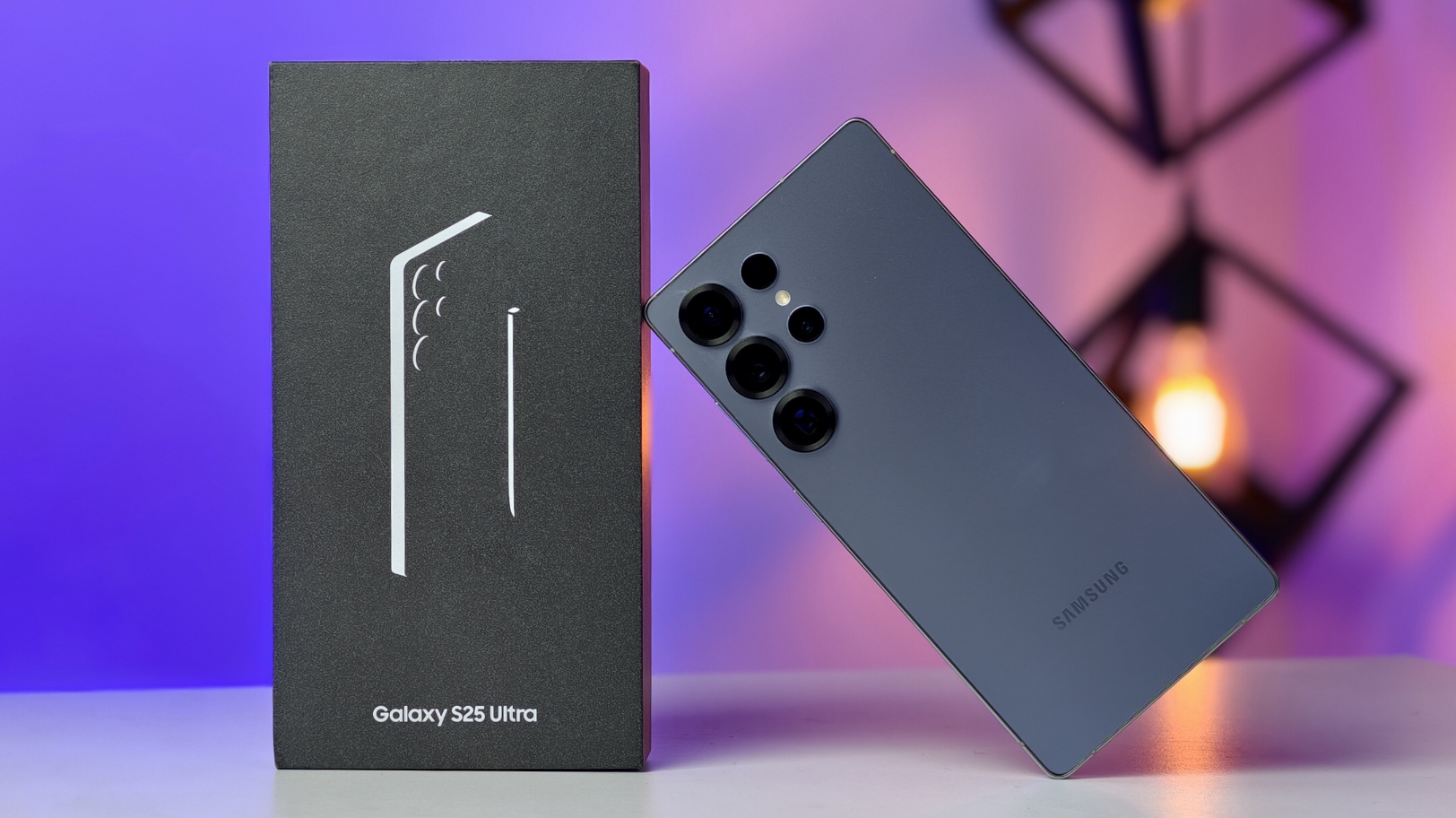New rules for the Unified Payments Interface (UPI) system come into effect today, August 1, 2025, bringing some notable changes that could impact how you use digital payments. The National Payments Corporation of India (NPCI), which oversees UPI, is introducing updates aimed at tightening security and reducing fraud. Two key adjustments include deactivating dormant UPI IDs and changing daily transaction limits.
Key Takeaways
- UPI IDs inactive for over a year will now be deactivated automatically.
- A single transaction, even non-financial, is enough to keep an ID active.
- Daily transaction limits have increased from ₹1 lakh to ₹2 lakh.
- New users will face a ₹5,000 cap for the first 24 hours.
- These changes are focused on boosting digital payment security and curbing fraud.
Here’s a closer look at what’s new:
- Inactive UPI ID Deactivation: If you haven’t used a UPI ID for over a year, whether to send money, pay a bill, or even just check your balance, it may now be deactivated.
- How to Keep Your ID Active: To avoid that, all you need is one small transaction. It could be anything: paying for a coffee, checking your balance, or transferring a token amount to someone you know. Just something to show your ID is still in use.
- Updated Daily Transaction Limit: The standard daily limit for UPI transactions has been raised from ₹1 lakh to ₹2 lakh. That’s a welcome change for anyone handling higher-value payments, think education fees, major purchases, or service payments.
- Limits for New Users: New users, however, will be subject to a more cautious cap. For the first 24 hours after creating a UPI ID, the transaction limit will be restricted to ₹5,000. It’s a precautionary measure, really, a way for banks to double-check identities before allowing larger transfers.
Among all these changes, the most impactful might be the move to deactivate dormant UPI IDs. These are accounts where no financial or even non-financial activity, like a balance check, has taken place for over a year. The NPCI has asked banks and third-party apps such as Google Pay, PhonePe, and Paytm to identify and deactivate such IDs.
Why now? Well, there’s been rising concern over fraud involving inactive or forgotten accounts. These IDs can be misused by fraudsters to move money undetected, often through what are known as “mule accounts.” It’s not a new threat, but it has grown more pressing, and this step is meant to shut down that risk. By cleaning up these inactive links, the NPCI and the Reserve Bank of India (RBI) hope to strengthen the overall integrity of the UPI system.
If you’re someone with multiple UPI IDs across different banks or apps that you haven’t touched in a while, now’s a good time to check them. Even a tiny transfer, say ₹1 to a friend or your own second account, can keep that ID from being deactivated.
As for the increased daily transaction limit, it’s a fairly practical update. Many users have been nudging up against the old ₹1 lakh ceiling, especially for one-time high-value payments. That said, it’s worth noting that this limit doesn’t apply across the board. For example, payments toward investments in the capital markets or credit card bills still follow their existing caps.
And about that ₹5,000 cap for first-time users, it’s just temporary. A one-day buffer. It gives time for the system to flag anything suspicious before a large amount of money can be moved. Cautious, yes, but also sensible.
All in all, these changes aren’t just bureaucratic updates. They reflect a broader effort to make safer and more robust. And if they prompt you to glance at your old UPI accounts? All the better.
Frequently Asked Questions (FAQs)
Q1: How can I check if my UPI ID is active?
A: The simplest way is to try a small transaction. Open your UPI app (like PhonePe, Google Pay, etc.) and try sending ₹1 to another UPI ID or checking your bank balance. If the transaction is successful, your UPI ID is active.
Q2: What should I do if my UPI ID gets deactivated?
A: If your UPI ID is deactivated due to inactivity, you will need to go through the registration process again on your preferred UPI app. This involves re-verifying your mobile number and linking your bank account.
Q3: Does this UPI inactivity rule apply to all banks and apps?
A: Yes, this is a directive from the NPCI and applies to all banks and third-party payment apps that offer UPI services in India.
Q4: Will I be charged any fee for making a transaction to keep my ID active?
A: No, there are no charges for making standard UPI person-to-person transactions. Sending money or checking your balance will not cost you anything.
Q5: Is the ₹2 lakh daily limit applicable immediately for all users?
A: Yes, the increased limit of ₹2 lakh per day is applicable for existing, verified users. However, remember that new users will have a ₹5,000 limit for their first 24 hours.


